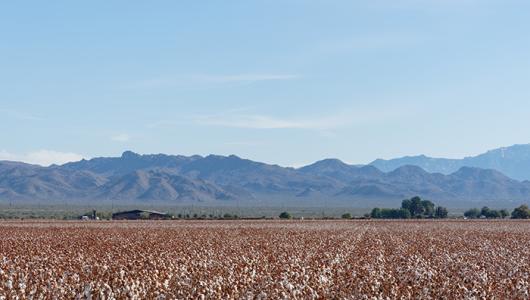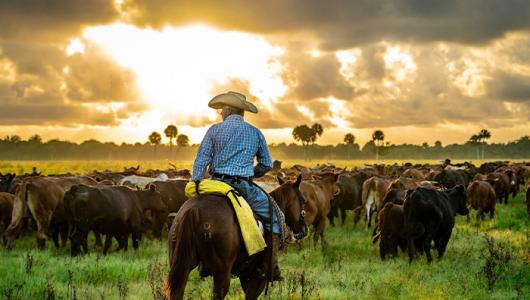Montana’s Bridger Mountain Range is home to the small farming and ranching community of Wilsall in the Shields River Valley. The Bays family calls this area home, where they operate Highland Harmony Farm. Vanessa and John Bays, along with their daughter Sadie Collins, grow and market many products including legumes, oats, grains, flowers, and bees to sell honey. With their wide variety of inventory, they utilize the local farmers markets year-round, run a storefront on their farm, and an online store to sell their products. Their farm motto is, Healthy Soil and Happy Plants – Living in Harmony.
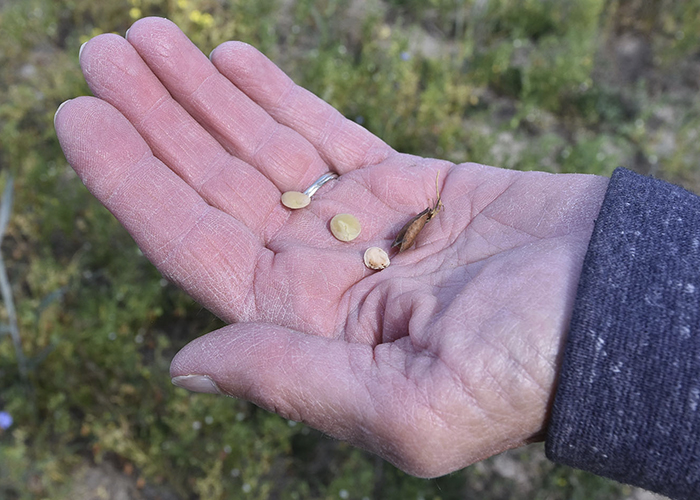
At the root of their farming successes is their dedication to their working lands’ soil health and their work with conservation partners such as the Natural Resources Conservation Service (NRCS).
Now, with help from NRCS and the additional funding provided by the Inflation Reduction Act, the Bays family is also getting the opportunity to help mitigate climate change through conservation crop rotation and other facilitating practices. Not only are they sequestering carbon, but they are also building climate resiliency and improving soil health on their agricultural working lands.
The Inflation Reduction Act provides an additional $19.5 billion for NRCS to deliver financial and technical assistance to producers for climate-smart mitigation activities through existing USDA conservation programs.
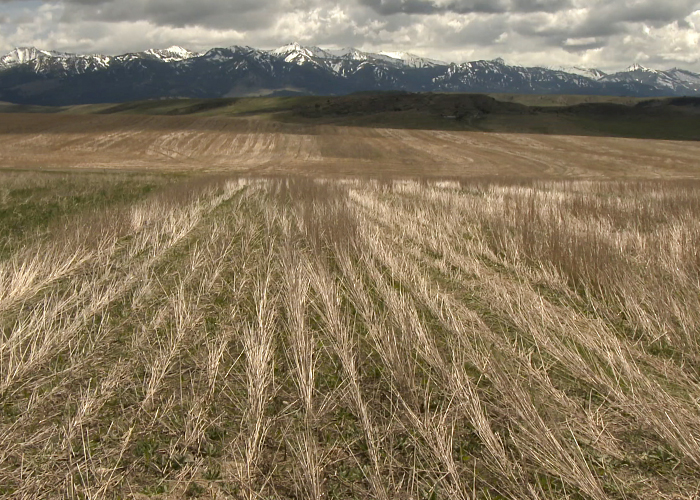
Conservation crop rotation involves growing crops in a planned sequence on the same field over time. Producers who rotate crops can increase carbon sequestration while delivering the co-benefits of building soil health, reducing plant pest pressures, providing feed or forage for livestock, and improving water quality. When cover crops can be added into the rotation, farmers can further help build the soil and add diversity to the rotation.
“We've just been trying to do what's friendlier to the soil and the plants and the people that eat the stuff,” said Vanessa.
Conservation crop rotation can improve soil health, and therefore improve moisture infiltration in the soil. The moisture is stored there for the plants to use instead of running off or evaporating – a win-win for the producer and the land. Especially in the West, it’s more important than ever to build this type of climate resiliency to drought and flood (sometimes in the same growing season).
“It’s imperative to build resiliency in our agricultural systems,” said Cody Garcia, NRCS Montana soil conservationist. “In the West, we’re being faced with lower snowpack, more intense spring runoff periods and more sporadic precipitation overall—which all impacts critical water supply in both irrigated and dryland cropping systems.”

Vanessa and John farm in an area that is part of an NRCS Montana and locally developed Targeted Implementation Plan (TIP), focused on improving soil health in 14 counties of south-central Montana. The TIP provides participants with financial and technical assistance, including funding from the Inflation Reduction Act for eligible climate-smart mitigation practices through NRCS’s Environmental Quality Incentives Program (EQIP). Producers have the choice of five different conservation practices, several of which are considered Climate-Smart Agriculture and Forestry Mitigation Activities and qualify for Inflation Reduction Act funding, including conservation crop rotation.
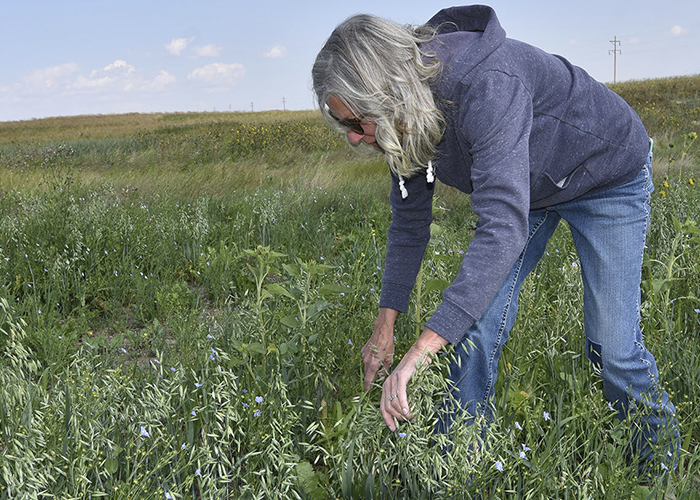
Vanessa and John jumped at the opportunity to participate in the TIP and reached out to their local NRCS field office. As TIP participants, Vanessa and John are implementing conservation harvest management, conservation crop rotation, cover crops, and soil health testing – activities that assist them with their overall goal to do what’s best for their soil and land.
“The financial assistance has been a great help to our operation,” John said.
Implementing conservation climate-smart practices is vital to the Bays. The TIP and the additional funding from the Inflation Reduction Act are allowing their family farm to flourish and for them to be conservation ambassadors and give back to their community.
“It’s important to me,” said John. “I want to give back. The earth has been good to me, [and] I want to do the best I can for it.”
Nicole Martinez is a public affairs specialist for NRCS in Montana.

